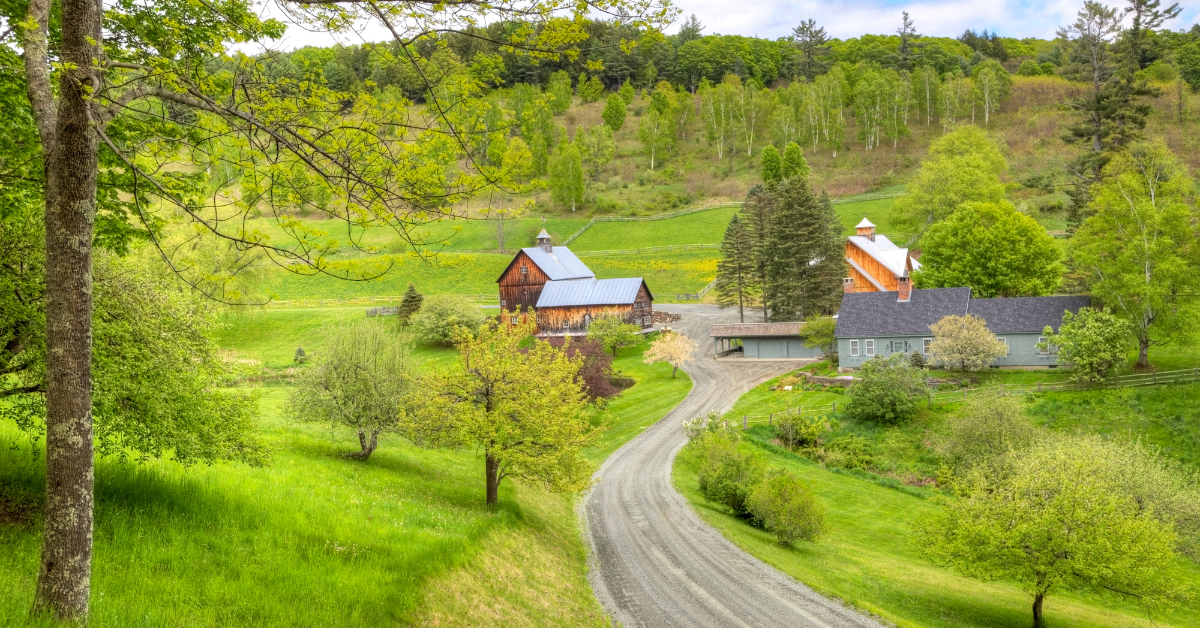My Neighbor Totoro is more than just a children’s movie in Japan. It is deeply embedded in the cultural and emotional fabric of the country. From nostalgic rural landscapes to themes of family and nature, Totoro resonates with viewers across generations, making it a national treasure and an emotional refuge.
What Is My Neighbor Totoro? A Story Deeply Rooted in Japanese Culture
Released in 1988 by Studio Ghibli and directed by Hayao Miyazaki, My Neighbor Totoro tells the story of two sisters who move to the countryside and meet a mysterious creature named Totoro. The setting is rural Japan in the 1950s, depicting a warm daily life closely connected to nature.
The nostalgic and peaceful scenes evoke strong feelings of familiarity and comfort among Japanese viewers. The lush meadows, forests, and streams are depicted with such detail that viewers can almost sense the air and the wind, a rare quality even among animated films.
Totoro himself, though mysterious, exudes a sense of security rather than fear. For children, he may represent an imaginary friend; for adults, a symbol of lost innocence and a reminder of Japan’s deep connection to nature.
Public Reception in Japan
When Totoro was first released, it did not immediately become a sensation. As it was shown alongside another Ghibli film, Grave of the Fireflies, audiences were more focused on the emotional contrast. However, Totoro’s reputation gradually grew over time through TV airings and home video releases.
Today, it is a go-to film for families with children, frequently aired during national holidays and incorporated into school programs. National surveys and media rankings consistently place it among the top animated films of all time in Japan.
Generational Perspectives and Emotional Responses
| Generation | Main Appreciation Points | Emotional Response |
|---|---|---|
| Showa Era | Nostalgic landscapes, family bonds | Nostalgia, comfort |
| Heisei Era | Heartwarming story, gentle themes | Emotion, healing |
| Reiwa Children | Totoro’s character, fantasy playfulness | Fun, familiarity |
As shown above, each generation experiences Totoro differently. Those who lived during the Showa era feel a strong sense of nostalgia, while younger viewers appreciate the warmth and simplicity of its storytelling.
Media and Critics on Totoro’s Impact
Japanese media often refers to My Neighbor Totoro as a “national treasure” or “a film that reflects the Japanese heart.” Annual summer TV broadcasts consistently draw high viewership, and social media lights up with positive commentary every time.
Critics praise the film’s ability to convey deep emotion through visual storytelling and its childlike perspective. It forgoes lengthy exposition, allowing nature and expressions to speak volumes.
| Evaluation Focus | Description |
|---|---|
| Visual Technique | Child’s perspective, minimal dialogue |
| Thematic Depth | Coexistence with nature, family values |
| Critics’ Opinions | Quiet yet profound structure, poetic imagery |
Totoro’s broad appeal lies in its technical excellence and emotional clarity, making it accessible and beloved across demographics.
Cultural Impact and Local Engagement
Beyond film, Totoro plays an active role in education, environmental awareness, and local tourism. In places like Tokorozawa in Saitama Prefecture, the so-called “Totoro Forest” has been preserved to promote environmental education and childhood interaction with nature.
| Field | Specific Examples |
|---|---|
| Education | Used in moral education and classroom materials |
| Regional Tourism | “Totoro Forest” in Tokorozawa, themed local events |
| Environmentalism | Forest preservation projects, promoting eco-values |
Totoro has become more than a character—it serves as a symbol of community identity and cultural continuity in modern Japan.
The Power of Music in the Film
The soundtrack, composed by Joe Hisaishi, plays a crucial role in enhancing the emotional depth of Totoro. His melodies capture both the innocence of childhood and the beauty of the natural world, becoming unforgettable to Japanese audiences.
| Song Title | Scene and Emotional Effect |
|---|---|
| Sanpo | Opening scene; bright and cheerful introduction |
| My Neighbor Totoro | Totoro’s appearance; mystery and safety |
| The Path of the Wind | Forest scenes; evokes quiet, spiritual atmosphere |
These musical pieces are deeply tied to the film’s emotional impact, making them powerful memory triggers for many.
International vs. Domestic Interpretations
| Perspective | Overseas | Japan |
|---|---|---|
| Focus Points | Fantasy, unique characters, visual style | Cultural lifestyle, emotional depth |
| Interpretation | Seen as a fantasy adventure | Viewed as a reflection of personal and social memory |
| Key Values | Artistic expression | Traditional values, family, and harmony |
While foreign audiences may focus on the fantasy elements and visual creativity, Japanese viewers see a deeper emotional and cultural resonance, connecting the story to their own experiences and values.
Conclusion
My Neighbor Totoro is more than just a movie—it is a mirror reflecting the values and memories of the Japanese people. Its messages about family, nature, and kindness are timeless and resonate across generations.
As a work that offers something meaningful to every viewer, it will continue to be passed down through the years. Its universal appeal also ensures that Totoro will remain a beloved cultural icon both in Japan and across the globe.






